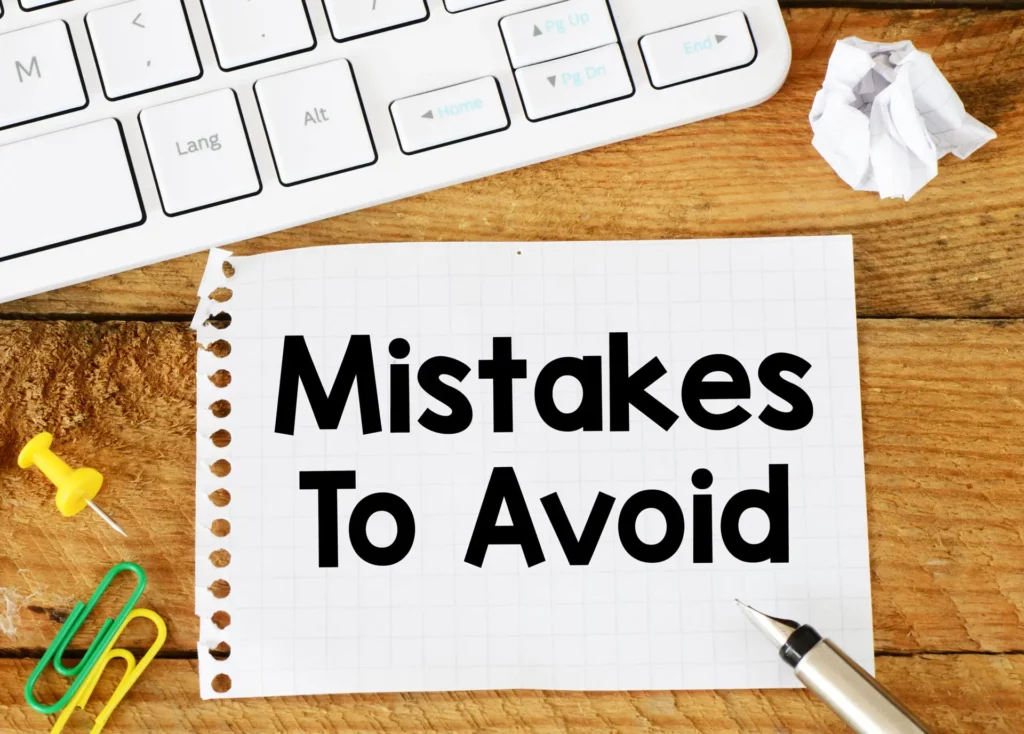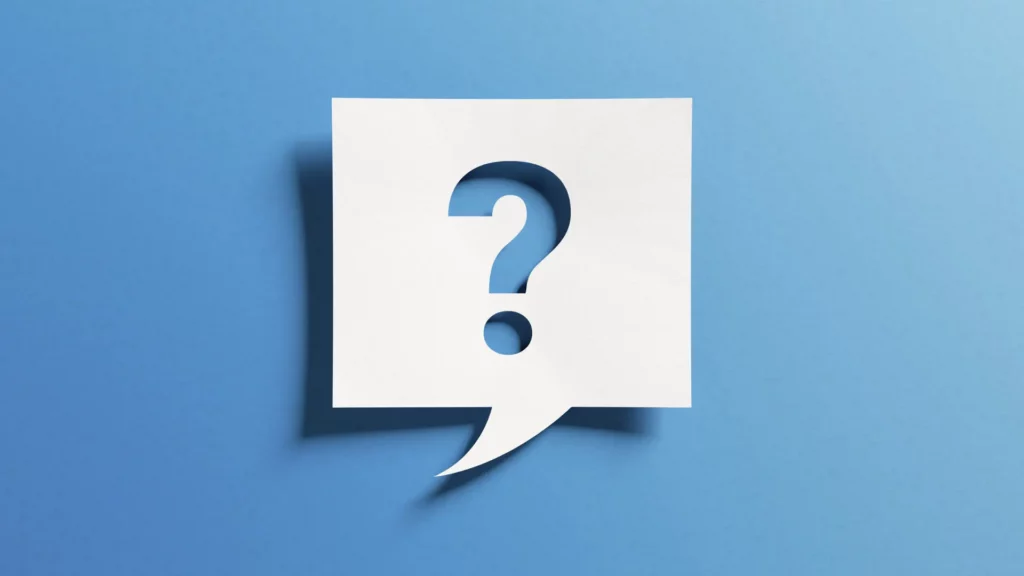Who’s vs. Whose
In the rich tapestry of the English language, homophones dance around meaning and context, who’s vs. whose often emerge as a pair of particularly tricky partners. Though they sound identical, these words serve very different purposes in our sentences.
“Who’s” is the contraction of “who is” or “who has,” serving as a beacon for questions or statements about identity, existence, or temporal possession. Meanwhile, “whose” is a possessive pronoun, a bridge to understanding ownership or association with a person. Misusing these terms can cloud the intended message, leading to confusion and misinterpretation.
This guide aims to shed light on the distinct roles of who’s vs. whose, clarifying their uses to enhance the precision and clarity of our communication. By delving into the nuances of these terms, we navigate toward grammatical accuracy, empowering our expressions with the right blend of clarity and sophistication.

Part 1: Understanding Who’s vs. Whose
The journey to distinguish who’s vs. whose begins with grounding ourselves in their definitions, understanding the landscapes they navigate within the English language, and appreciating their roles in the architecture of our sentences. This foundational knowledge is essential for anyone aiming to communicate clearly and precisely.
Definitions and Roles
- Who’s:
As a contraction for “who is” or “who has,” “who’s” is a versatile tool in the grammatical toolkit used to ask about or state an identity, existence, or condition relating to a person. It’s a gateway to questions or affirmations about who someone is or what they possess at a given moment.
Example: “Who’s in charge of the project now?” This question uses “who’s” to inquire about the current leader or responsible person. - Whose:
As a possessive pronoun, “whose” questions or identifies the owner of something or the person to whom something is related, unlike “who’s,” “whose” delves into ownership and association, linking objects, ideas, or qualities directly to individuals.
Example: “Whose book is this on the table?” Here, “whose” seeks to find out the book’s owner.
Grammatical Rules and Usage Guidelines
Navigating the use of who’s vs. whose correctly is crucial for conveying the intended meaning:
- Contextual Clarity: Deploy “who’s” when discussing identity, existence, or a temporal aspect of having something. Opt for “whose” when the need arises to indicate possession or a relationship to a person.
- Identifying the Focus: Reflect on whether you are asking about who someone is or what they are associated with (“who’s”) or if you are inquiring about ownership or to whom something belongs (“whose”). This reflection guides the appropriate selection of these terms, ensuring your communication is as clear as intended.
By laying a clear foundation for understanding who’s vs. whose, we pave the way for their practical application, enabling communication that skillfully navigates the intricacies of identity, possession, and association with confidence and accuracy.

Part 2: Using “Who’s”
The contraction “who’s” simplifies expressions of identity and existence, streamlining questions and statements about individuals’ states or actions. It is a staple in formal and informal communication, illuminating subjects with brevity and clarity.
“Who’s” for Identity and Existence
- Purpose and Application: “Who’s” is adeptly employed in scenarios requiring identifying individuals or querying their conditions. It serves as a concise gateway to understanding roles, responsibilities, or states being experienced.
Example: “Who’s responsible for this masterpiece?” Here, “who’s” seeks to identify the creator of the work in question.
Common Contexts for “Who’s”
- Questions About People: When the objective is to uncover the identity of someone or their current state.
Example: “Who’s going to lead the meeting today?” - Statements of Action or Condition: In assertions relating to what someone is doing or experiencing.
Example: “You won’t believe who’s coming to town next week!”

Part 3: Using “Whose”
Conversely, “whose” navigates the waters of possession and association, offering a means to inquire about or indicate ownership. Its application extends beyond objects to include ideas, responsibilities, and relational connections, adding depth to inquiries and descriptions.
“Whose” for Ownership and Association
- Purpose and Application: Utilize “whose” to explore or clarify the ownership of something or to denote a connection to a person. This possessive pronoun is essential in crafting questions or statements about belonging.
Example: “Whose vision guided the direction of this project?” This inquiry uses “whose” to ascertain the person behind the project’s vision.
Differentiating Who’s vs. Whose
Distinguishing “who’s” from “whose” hinges on the grammatical intent — whether the aim is to question or state something about a person’s identity, existence, or actions (“who’s”) versus inquiring about or indicating possession or association (“whose”):
- Identity/Existence vs. Possession/Association: While “who’s” simplifies discussions around who someone is or what they are experiencing, “whose” opens the door to understanding connections and ownership, enriching conversations with layers of relational depth.
Example (Whose): “Whose idea was it to start the initiative?” This question probes for the idea’s originator, seeking to credit ownership or association.
Parts II and III delve into the nuances of using who’s vs. whose, highlighting their appropriate application in contexts ranging from personal identification and existence to possession and association. By understanding each term’s specific scenarios and implications, communicators can articulate questions and statements with greater clarity and precision, enhancing discourse with insights into identity, belonging, and relational dynamics.

Part 4: Common Mistakes and How to Avoid Them
The phonetic similarity between who’s vs. whose sets a classic trap for writers and speakers alike, leading to errors that can obscure the intended message or distract from its delivery. Understanding and addressing these common pitfalls are crucial to maintaining clarity and precision in communication.
Confusing Who’s vs. Whose
Interchanging who’s vs. whose is a frequent mistake stemming from their similar sounds. This mix-up can significantly alter the meaning of a sentence, especially in writing, where the visual difference between the two is apparent.
- Strategy for Avoidance: Remind yourself that “who’s” is a contraction for “who is” or “who has,” suitable for expressing actions or states. “Whose,” on the other hand, is a possessive pronoun used to inquire about ownership or association. A quick test is to replace “who’s” with “who is” or “who has” in your sentence; if it still makes sense, “who’s” is the correct choice.
Overcomplicating Usage
Overthinking or misunderstanding the contexts in which who’s vs. whose are used can lead to their incorrect application, potentially complicating straightforward inquiries or statements.
- Clarification Tip: Keep it simple by focusing on each word’s core function. Use “who’s” for questions and statements about identity or condition and “whose” for indicating possession or association. The context will often guide you toward the correct choice.
Tips for Correct Usage
Accurately using who’s vs. whose enhances the clarity of your communication and reflects a deeper understanding and mastery of English grammar.
- Mindful Review: Cultivate a habit of reviewing your texts for “who’s” and “whose,” ensuring that you’ve used each correctly according to its definition and the intended message.
- Practice with Examples: Engage with exercises or create sentences that use “who’s” and “whose” to reinforce your understanding and application of these terms.
- Seek Feedback: Sharing your writing or speech with others for feedback can provide insights into your use of “who’s” and “whose,” helping to identify and correct chronic errors.
Conclusion
The exploration of who’s vs. whose unravels the subtleties of English grammar, showcasing the importance of precision in language. By mastering the correct use of these terms, we ensure our communication is not only straightforward but also grammatically sound, enhancing our written and spoken expressions. This journey through the nuances of who’s vs. whose reminds us of the rich complexity of language and the ongoing quest for clarity and accuracy in our dialogues and narratives.
Embracing Linguistic Precision
Our examination of who’s vs. whose reflects a broader commitment to linguistic precision, highlighting the impact of careful word selection on comprehension and expression. As we continue to navigate the intricacies of English, let us remain dedicated to carefully selecting our words and enriching our conversations and writings with the precision they deserve.
The Path Forward
Challenge yourself to apply the insights from understanding the differences between who’s vs. whose in all your communications. Doing so enhances your linguistic capabilities and contributes to a culture of clarity and precision that elevates our collective discourse. Explore further, question your assumptions, and celebrate the improved understanding and connection from meticulous attention to language.

Further Exploration
For those eager to dive deeper into the intricacies of English, countless resources await. From comprehensive grammar guides to interactive language learning platforms, the tools at your disposal are more accessible than ever. Engage with these materials, challenge yourself with new exercises, and remain curious and open to discovery. We offer a line of comprehensive grammar and punctuation courses and feature a mastery quiz bundle to cement your further mastery of grammar and punctuation. Feel free to access the endorsed resources below to enhance your learning experience.





